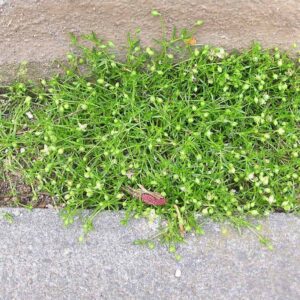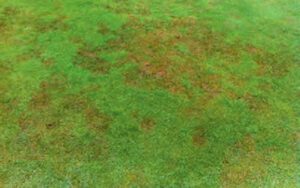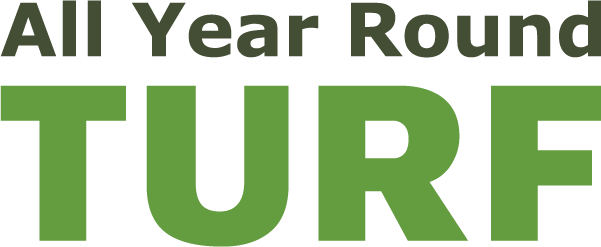Determining the optimal time to water your lawn post-mowing adheres to the principle of deep and infrequent watering. It entails watering only when necessary and ensuring that the water penetrates the soil deeply enough to reach the roots.
For effective post-mowing watering, lawn care experts recommend choosing either the early morning or late evening. During these periods, the sun’s intensity is usually lower, providing a better opportunity for the water to reach the roots before evaporating. It is advisable to avoid watering before mowing, as this could result in overly soft soil, causing the mower to sink and leave undesirable tracks.
To discern when your lawn requires watering, be vigilant for four key indicators:
Yellow or Brown Grass: When the grass starts turning yellow or brown, it signals insufficient water, indicating the urgent need for hydration.
Persistent Footprints: If footprints remain visible after walking across the lawn, it may be an indication that the soil is dry and compacted, necessitating watering.
Lack of Grass Resilience: If the grass does not readily spring back after being compressed, it implies dehydration. Using a soil wetting agent can be beneficial for hydrophobic soils that hinder water penetration.
Screwdriver Test: A simple test involves attempting to push a screwdriver into the soil. Easy penetration indicates well-hydrated soil, while difficulty signals the need for watering.
Establishing a consistent watering schedule for your lawn offers multiple advantages. It helps maintain a steady moisture level in the soil, a crucial factor for robust grass growth. Additionally, a schedule minimizes the risks of both overwatering, leading to fungal diseases and root rot, and underwatering, which can result in weak root systems and heightened vulnerability during hot, dry periods.
A basic watering schedule includes:
- Watering once a week: Ensure deep penetration to reach the roots, typically requiring 10-15 minutes.
- Allowing soil to slightly dry between sessions.
- Choosing early morning or late evening for watering, avoiding peak sun hours.
- Adapting the schedule based on weather conditions, adjusting for recent rain or hot, dry spells.
Proper lawn mower maintenance is essential to prevent damage to your lawn and ensure smooth operation. Consider these tips:
- Check blade sharpness and condition: Dull blades can damage the grass, making it more susceptible to diseases.
- Leave grass clippings: Allow them to remain on the lawn to enrich the soil with nutrients, acting as mulch to reduce water evaporation.
- Adjust mowing height: Modify it based on the season and grass type, with taller grass providing soil shading and reducing water loss.
In conclusion, while watering your lawn after mowing can be advantageous, it may not always be necessary if a well-structured watering schedule is in place. The key lies in deep and infrequent watering, coupled with attentive observation of your lawn’s hydration needs throughout the year.
All Year Round Turf has fertilisers & other lawn care products available on its online shop.




